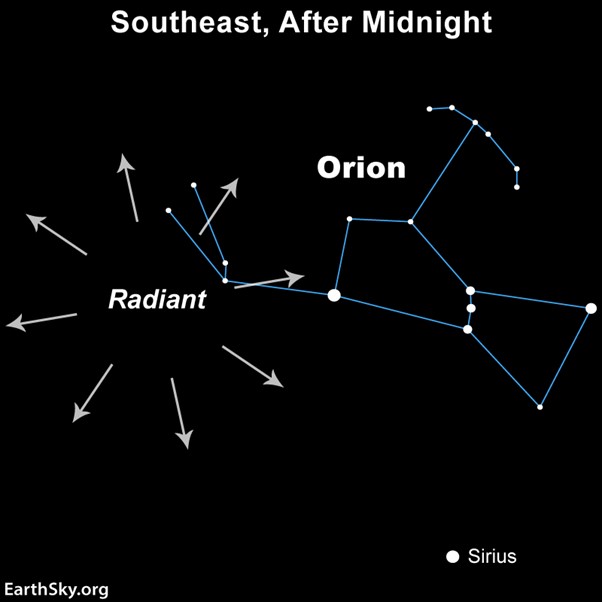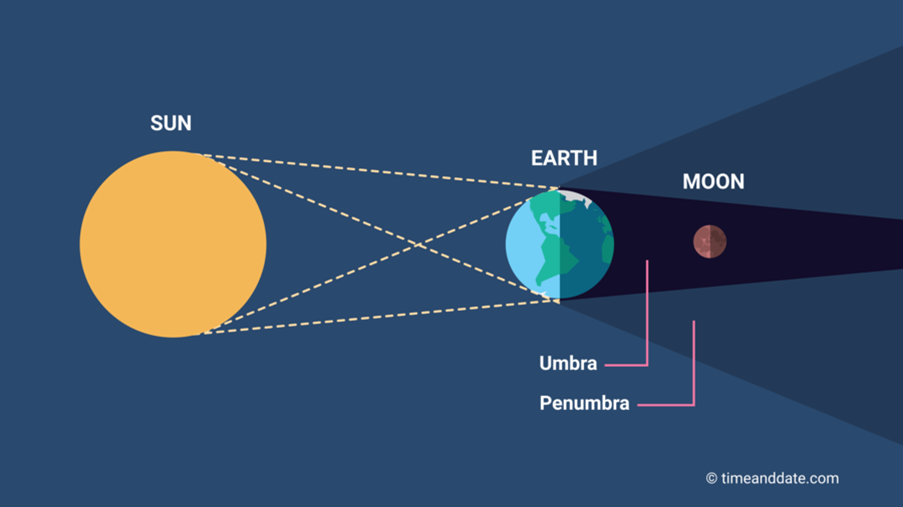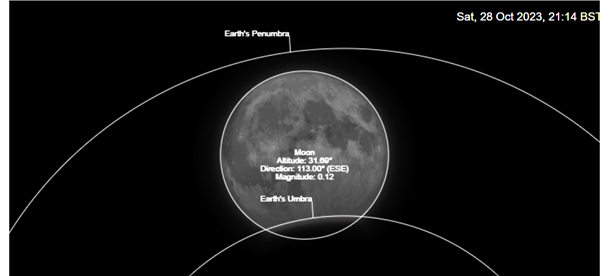What’s up October 2023
Here's your monthly round up of what's going on in the night skies. Ishbel Carlyle talks us through October's highlights.
Meteor showers:
Not one but two meteor showers this month! The Draconids and the Orionids
Draconids peak 8th-9th October:
Due to the radiant point- the point in the sky which all the shooting stars seem to radiate from, being so high up this show is best viewed in the early evening just after sunset whilst the constellation is high in the sky. It can be quite a quiet shower, maybe ten per hour estimations say, but it has been known to be much more active, so fingers crossed! The Moon will only be 22% illuminated so will not interfere with viewing.

Orionids peak 21st-22nd October:
Around midnight this shower should kick off, just as the moon sets- talk about perfect timing. This should be a bigger shower than the Draconids, ten to twenty an hour. The Orionids have also been known to produce quite a few fireballs, so named because they look like balls of fire. These are particularly large meteors and so create a more bright and brilliant show. You can sometimes even see them breaking up in the atmosphere, a streak followed by remnant flashes. Fun Fact: the meteors from this shower come from the tail of the famous Halley’s comet. It’s not returning to our skies until 2061 so this is as close as you’ll get for a while.

Constellations:
The summer triangle is setting, and the Winter constellations are coming back – namely my favourite Orion is coming back, by the end of the month he’ll be fully up by x time.
Orion is a lovely constellation to point your binoculars or telescope at, full of interesting stars: His left shoulder, the media famous Betelgeuse: a gloriously red supergiant star near the end of its life. It is over 16 times the mass of our sun, and maybe as much as 2000 times as wide so when it dies it won’t be going quietly, it will be a supernova explosion that will light up our night sky (if it goes during the night) like the full moon, and will remain visible to the naked eye in the sky for two or three month before fading to being a fantastic bino and telescope object for the rest of our lives. The chances of this happening in our lifetimes are the same as winning the Euromillions, anywhere between the next few years, or the next one hundred thousand years. His right foot is the gorgeous and bright Rigel, the 6th brightest star in the sky and a stark contrast in colour to Betelgeuse. It is a about the same age, eight million years old, but is just at the beginning of the end as a blue supergiant, one day becoming red like Betelgeuse once it cools down. This colour change, however, will take millions of years.

In his sword is a wonderful bright nebula, not just a single star but a birthplace of stars. A stellar nursery. The closest one to earth at around one thousand five hundred light years away. In the darkest conditions it is easily visible to the naked eye.
If you want to learn more about Orion’s origins and its stars cultural relevant throughout history and continents check out: Figures in the Sky (visualcinnamon.com)
Planets:
Saturn and Jupiter both of great visibility throughout the month, Saturn rising first and Jupiter following. Between them Uranus is hiding, only visible with a strong pair of binoculars or a telescope.
Venus is also visible, but during the daytime, leading the Sun across the sky.
Moon Phases:
6th October- Half Moon
14th October - New Moon
22nd October- Half Moon
28th October- Full Moon
Partial Lunar Eclipse:
Beginning around 7pm and ending 11.30pm the full moon will be partially hidden by the Earth's shadow. It will only be maximum 12% covered so it's not a brilliant show but it is still a worthwhile reason to look up, given that the next full lunar eclipse we'll get to witness from the UK will be in 2090. The next two diagrams show how the shadow, known as the umbra, can cross the moon, and what the eclipse will look like as seen from Newcastle area 21:44.


















